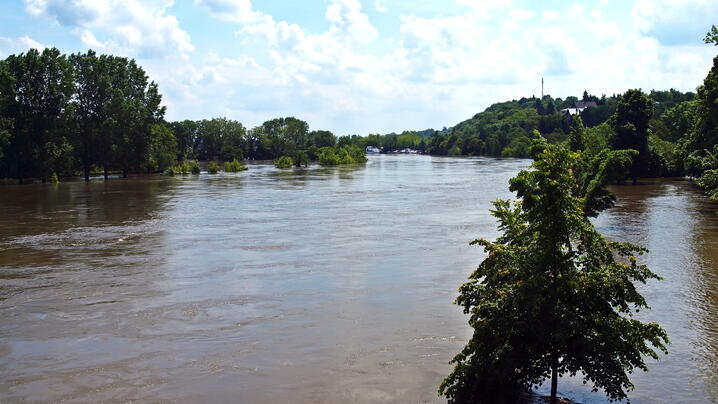
After the devastating floods wreaked havoc on Louisiana communities, the Governor’s Office of Homeland Security and Emergency Preparedness announced yesterday that more than 60,000 homes have been damaged and over 2,600 people are in shelters.
Housing recovery in Louisiana will require that government become involved in a variety of efforts and activities to help the community envision a rebuilt residential sector. Other activities may include siting temporary housing, writing ordinances that encourage builders to rebuild affordable housing, designing a permit process, inspecting new construction, watching for unscrupulous contractors, securing funding, and working with voluntary organizations to help the under- and uninsured return home.
The effort requires that the local government prioritize need, involve the public, build partnerships, secure financing, and support families through a long, difficult, and cumbersome process.
[Read Disaster Recovery: A Local Government Responsibility]
If you are now considering a housing reconstruction and household recovery plan for your own community, here are several things to consider from Emergency Management: Principles and Practice for Local Government.
Communicate your objectives
Through design ordinances, the permitting process, and code inspections, local government plays a critical role in facilitating rebuilding. Although citizens – usually homeowners with insurance or the means to rebuild immediately – often express frustration with the lengthy delays entailed by government requirements, governments must establish a process that meets three objectives simultaneously: facilitate rebuilding, make the community far safer, and ensure compliance with local codes and ordinances. Communicating this set of objectives to the public is key.
[Find housing and community development resources]
host housing fairs and workshops
Government will find that informing homeowners and inviting them to participate in writing and reviewing ordinances may reduce local conflict and misinterpretation. Some local governments have offered housing fairs and workshops to inform both homeowners and builders about the rebuilding process. In addition, staff involved in the permitting and inspection process may benefit from training in working with beleaguered homeowners and builders.
[Post Disaster Reconstruction: The Patchwork Quilt: A Creative Strategy for Safe & Long Term Post-Disaster Rebuilding]
Get Staff and Volunteers Involved
A wide variety of organizations can assist with rebuilding affordable housing, and local government should make it a priority to dedicate staff and volunteers to coordinating this effort. Staff will be whoever is available and is designated – perhaps new hires, perhaps some who are reassigned. Tasks will include identifying qualified households; securing funding; moving projects through the permit process; and coordinating, feeding, and housing volunteers. The National Voluntary Organizations Active in Disaster (NVOAD), which has strong links with many state and local organizations, can link local government organizations that build low-income housing. Some organizations, such as Habitat for Humanity, have rebuilt significant portions of damaged communities. Others concentrate on housing needs of specific populations, the Mennonite Disaster Service, for example, concentrates on the housing needs of elderly women and other marginalized populations.
[Read Long Term Disaster Recovery: Getting the Staff You Need to Succeed]
New, Reduced Membership Dues
A new, reduced dues rate is available for CAOs/ACAOs, along with additional discounts for those in smaller communities, has been implemented. Learn more and be sure to join or renew today!

